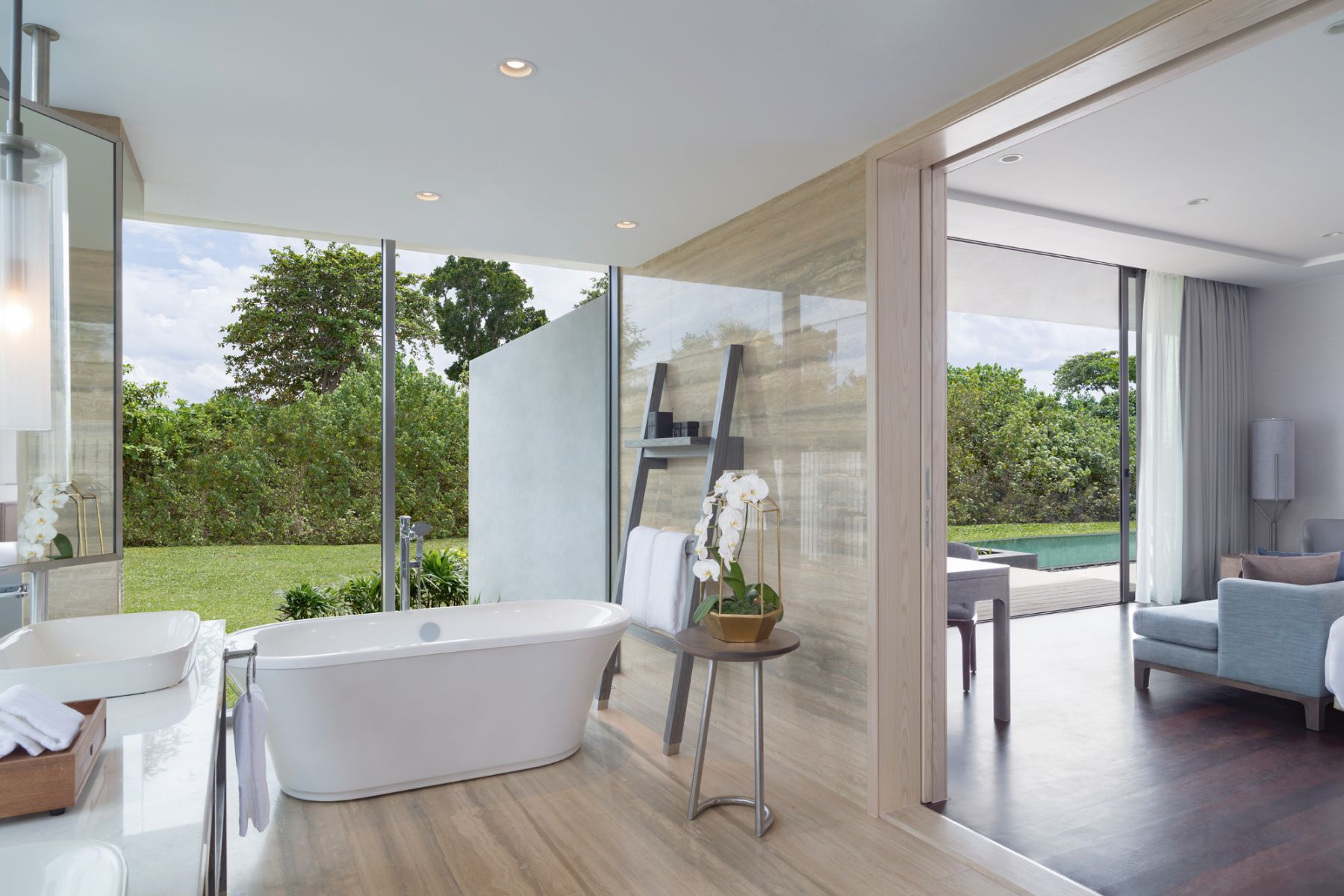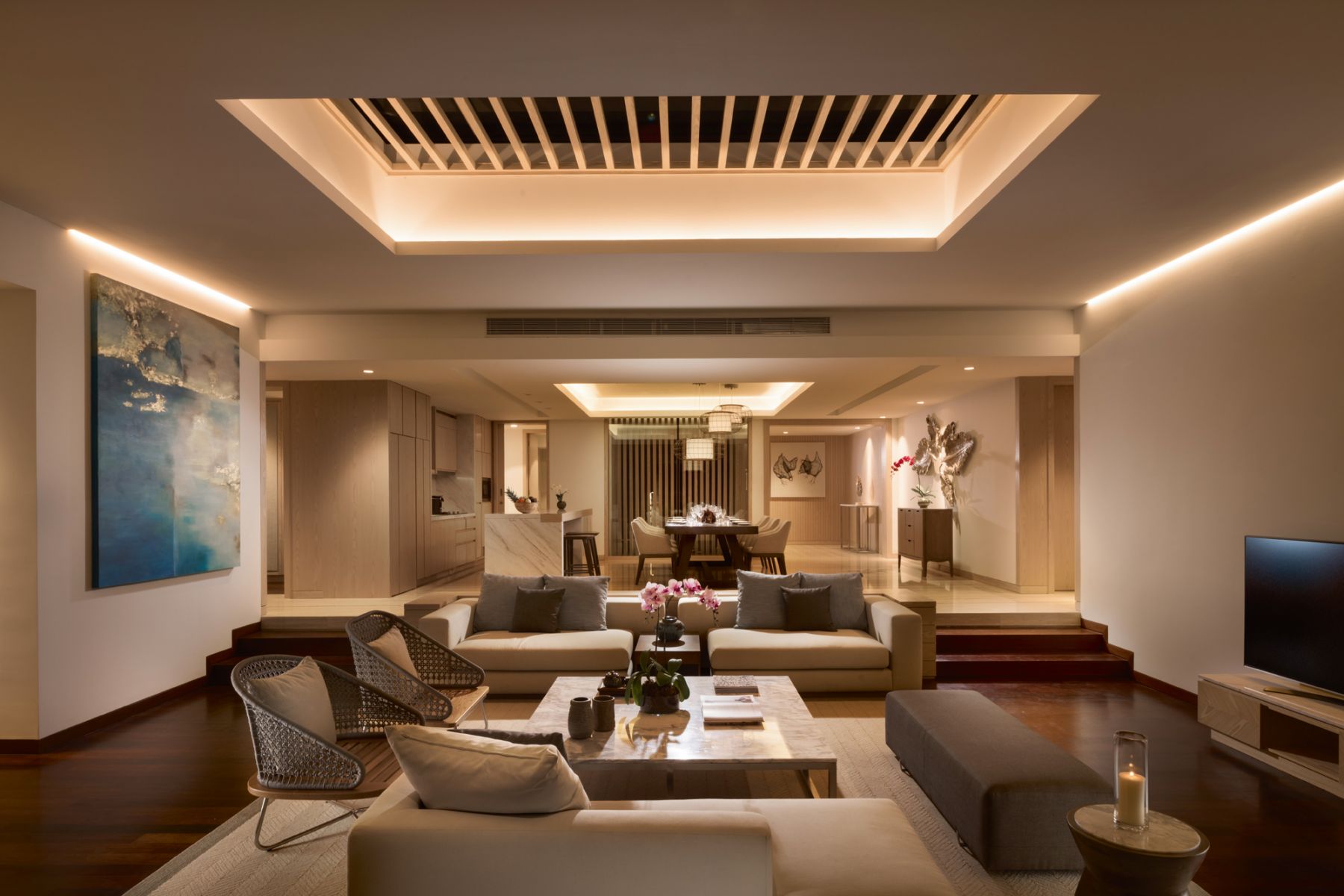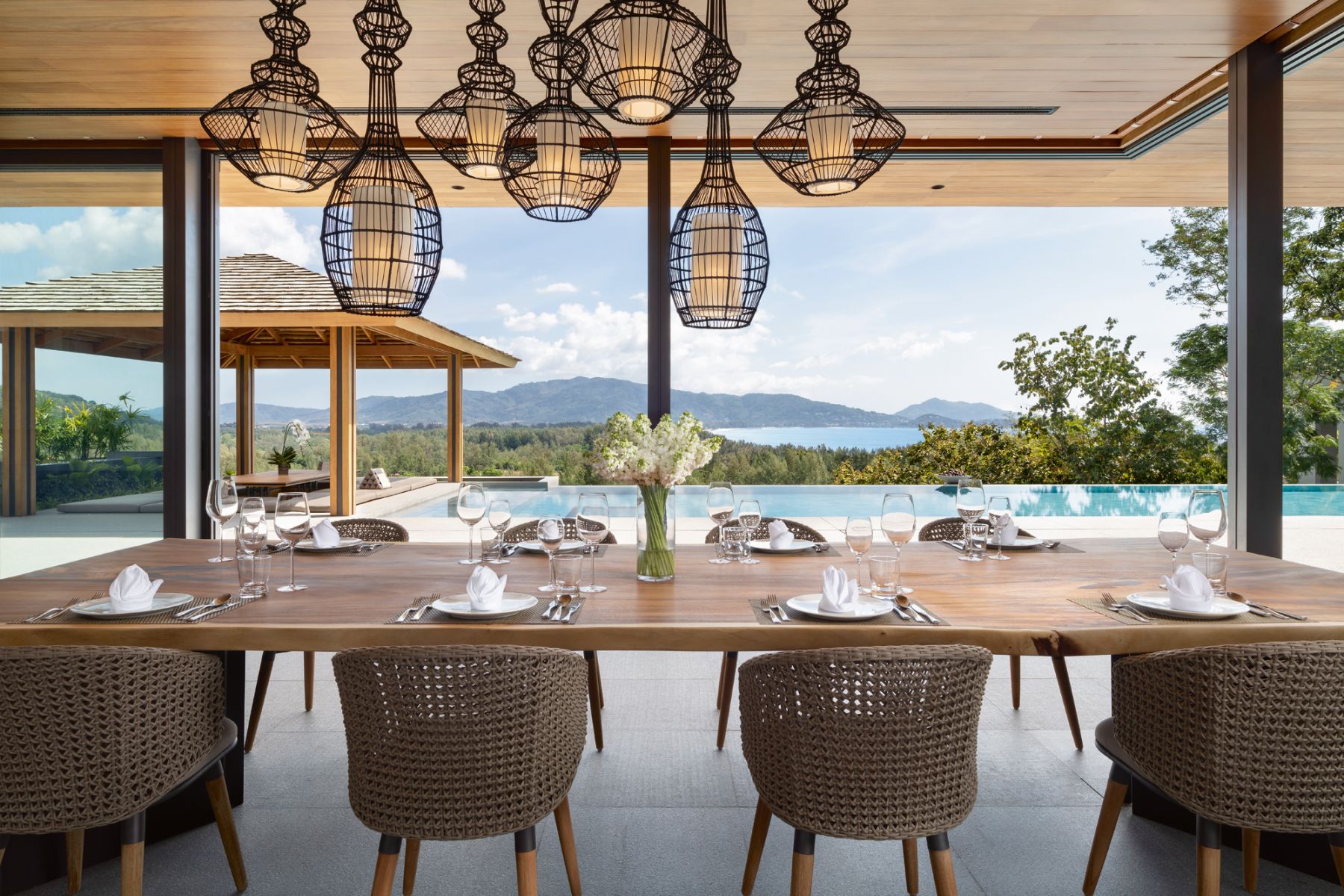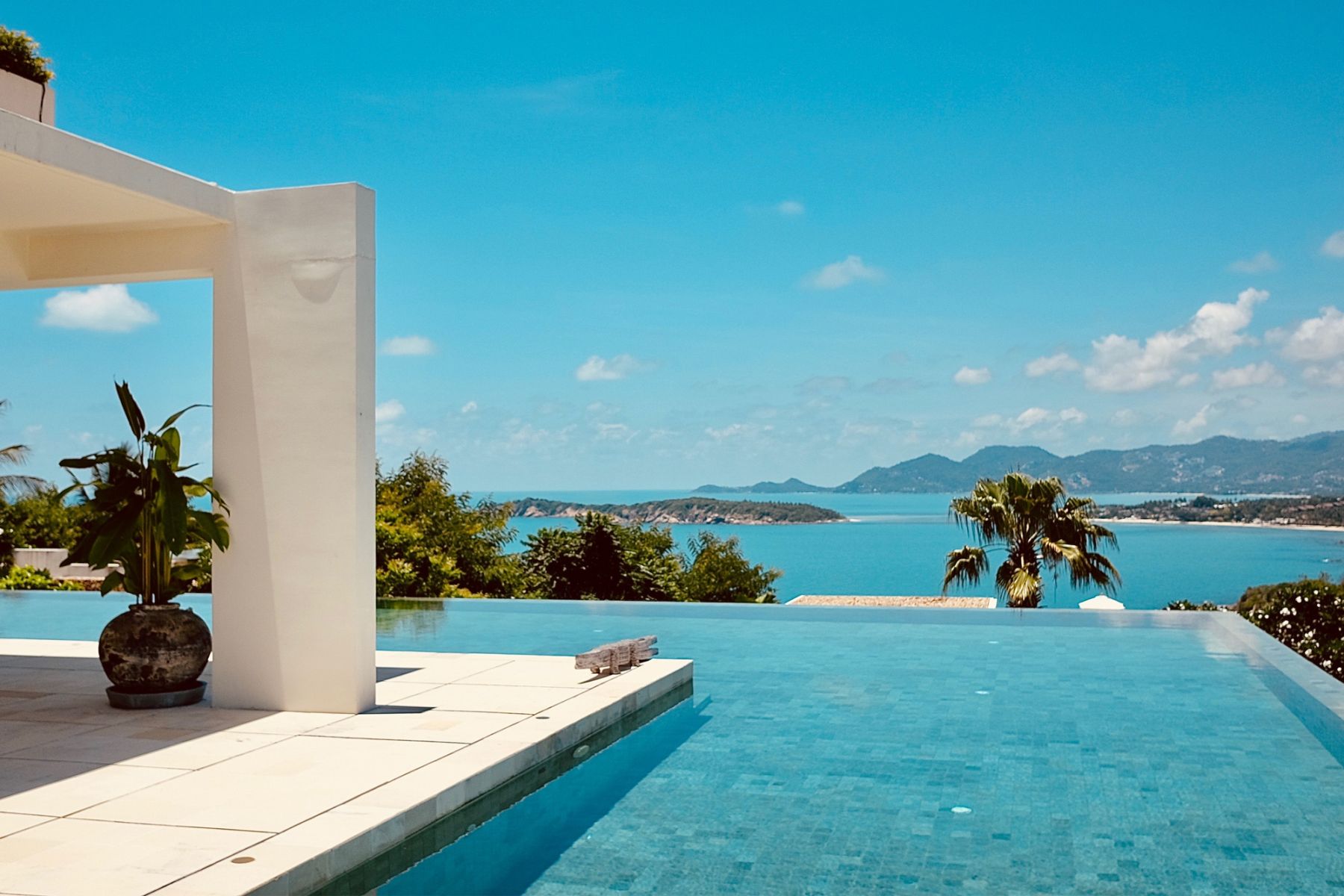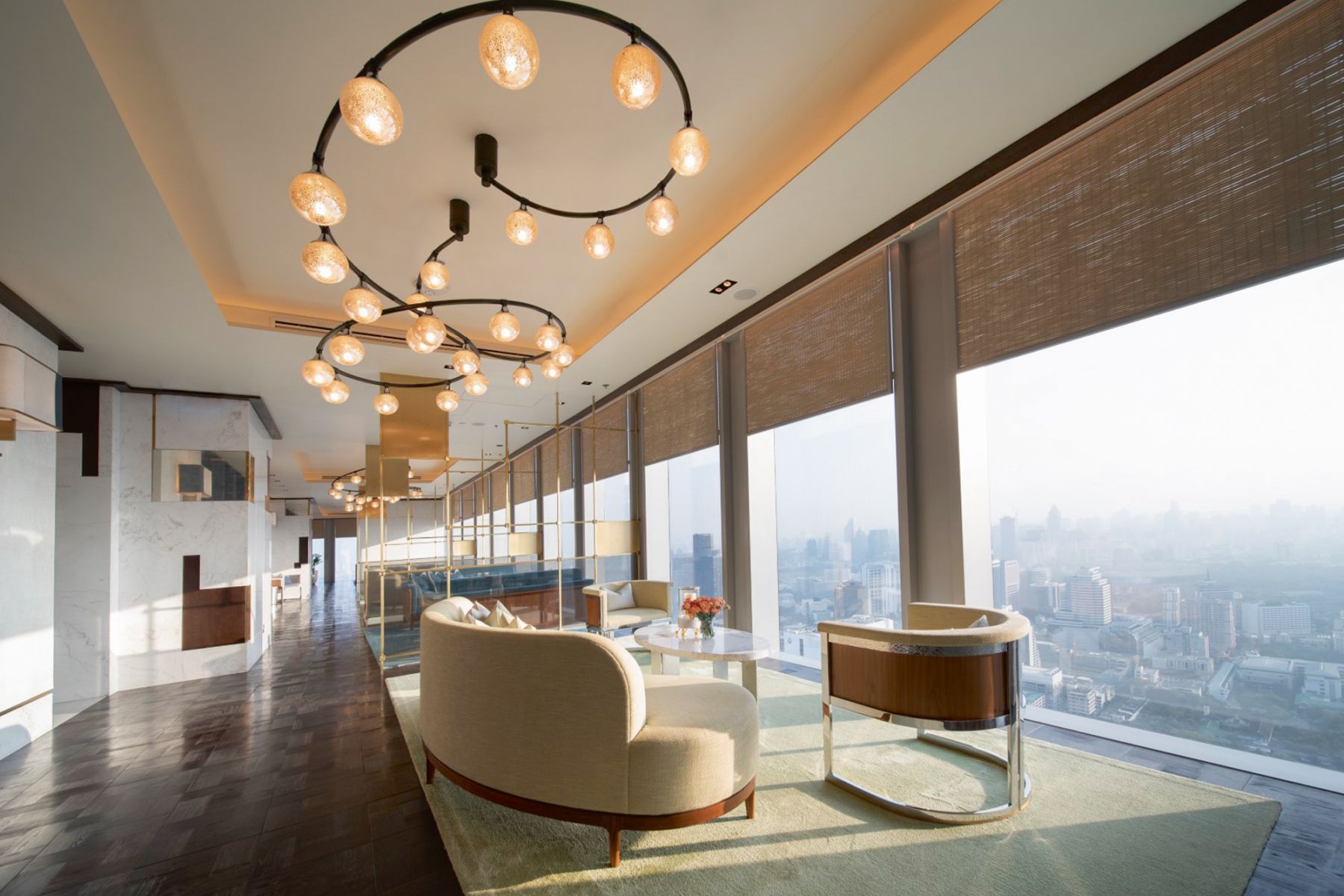The latest trends in Southeast Asia’s property market show that the region offers the best options for those looking for a stylish sanctuary and a sound investment rolled into one
American poet T.S. Eliot once wrote: “Home is where one starts from”. The Covid-19 outbreak has not just accentuated the importance of our homes, it has also encouraged us to explore every possibility in making it the sanctuary it is meant to be. This holds particularly true for Southeast Asia, as the region is still holding firm to its reputation as a magnet for safe-haven investments despite the pandemic.
Christine Sun, senior vice-president of research and analytics at property agency OrangeTee & Tie, attributes the unexpected real estate boom to investors seeking such safe-haven investments, thereby pushing up property prices in the region. “There is still ample liquidity circulating in the system as investment funds have reallocated a large amount of capital from financial markets to real estate properties,” she says. “Many long-term investors and home buyers have been repositioning their wealth from riskier assets in light of the macroeconomic uncertainties.”
Don't miss: 4 Luxury Waterfront Villas In Southeast Asia For Your Private Yachts
1. The region's proximity to China
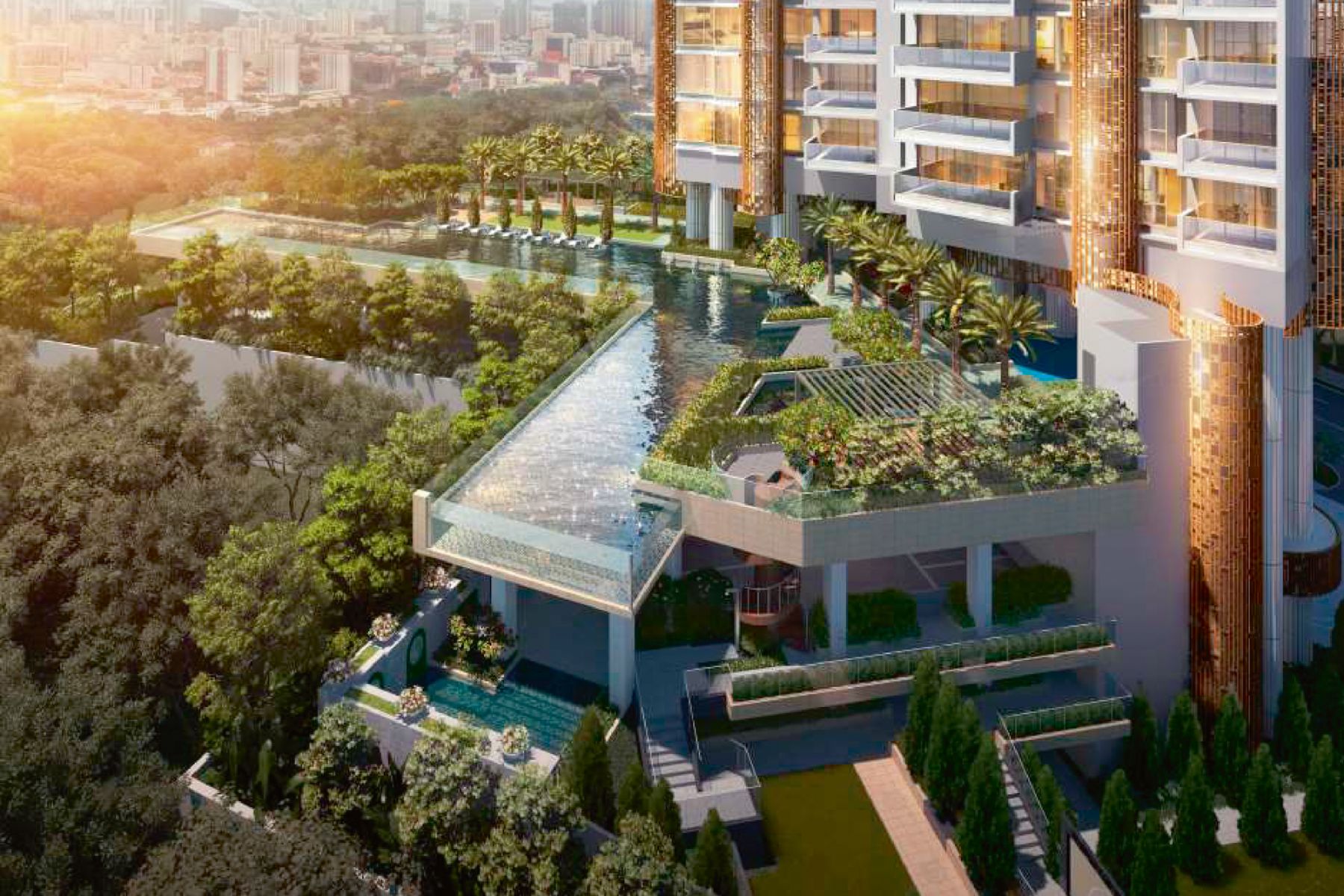
According to Tricia Song, the Southeast Asia head of research at real estate services provider CBRE, countries such as Vietnam, Thailand and Malaysia have been attracting significant foreign direct investment in recent years, and the rising affluence and growth of the middle class have been driving luxury property sales. The region’s geographic proximity to China is also a contributing factor, as many international firms are employing the “China Plus One” strategy, and setting up regional offices in Asian countries, in addition to China.
“Southeast Asia is one of the key beneficiaries of the China Plus One strategy for top manufacturing multinational companies looking to diversify their supply chains outside of China,” says Song. The region also boasts an abundant talent and labour pool, and the improving telecommunications and transport infrastructure of its key cities have been significant contributors.
In case you missed it: 5 Property Trends Shaping Our Search For New Homes in 2021

